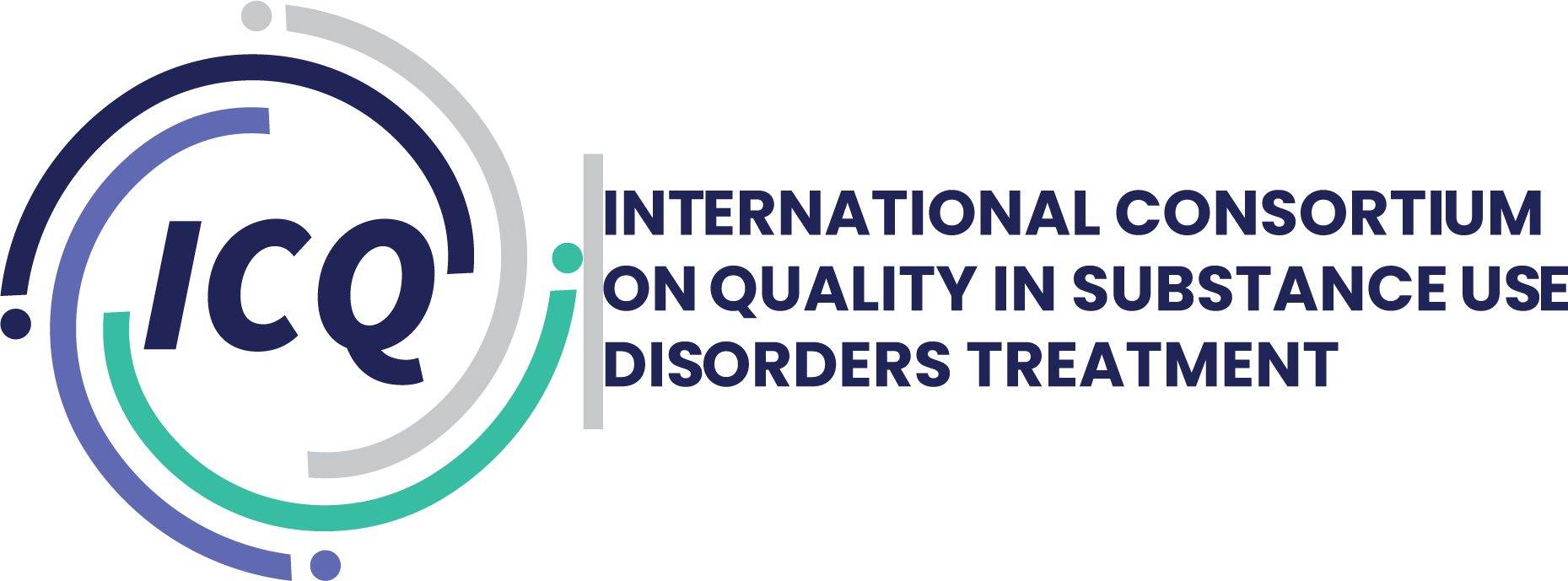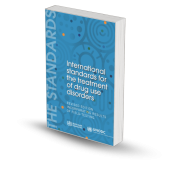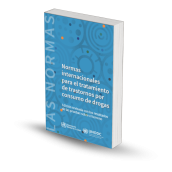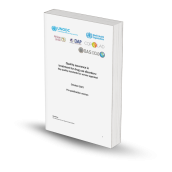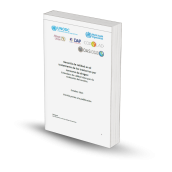According to the World Health Organisation, quality is “the extent to which health care services provided to individuals and patient populations improve desired health outcomes”. Treatment must be safe, effective, timely, efficient, equitable, and people-centered.
What is Quality Assurance?
Quality assurance (QA) in substance use disorders treatment involves a comprehensive approach to ensure that services are safe, effective, timely, efficient, equitable, and centered around the needs of individuals and patient populations. A process created to ensure that services meet established standards in treatments, that complies to the desired outcomes, monitoring, evaluating, and improving the quality of treatment through protocols, guidelines, and ongoing assessment.

Quality Standards and Background
Quality standards are fundamental guidelines established by recognized national or international bodies. They serve as a framework for implementing interventions and are based on evidence. These standards are focus on various aspects of healthcare, including content, processes, and structural aspects such as staffing and environment.
In response to the 2009 Political Declaration and Plan of Action on International Cooperation towards a Balanced Strategy to Counter the World Drug Problem, the United Nations Office on Drugs and Crime (UNODC) and the World Health Organization (WHO) published the International Standards for the Treatment of Drug Use Disorders in 2020. These standards aim to support Member States in developing effective, evidence-based, and ethical treatment systems and services for drug use disorders, ultimately enhancing the quality of care provided.
System and Service Levels
At the system and service levels, the International Standards and the Key Quality Standards form the basis for quality assurance and improvement efforts through system and service analysis in partnership with interested countries.
System Level Quality Assurance
The International Standards include a set of 5 key standards for a quality system. Effective systems aligning with these standards include:
- Multiagency planning.
- Needs assessment.
- System plan that includes all treatment.
- Funding in line with plan.
- System quality assurance.
Service Level Quality Assurance
The Key Quality Standards form the foundation for service-level quality assurance. These standards cover effective management, individualized patient-centered treatment, timely access to evidence-based interventions, and the promotion of patient health, safety, and human rights.
The Key Quality Standards for SUD Treatment Service Appraisal (2021)
The key quality standards were agreed upon in 2021 by various international agencies who also had developed standards. This included COPOLAD/CICAD Standards (Latin America and the Caribbean), supported by OAS and PAHO; UNODC/WHO International Standards; UNODC work related to training sites as well as Services QA Toolkits; EQUS/EU standards (supported by the European Drugs Agency, previously EMCDDA), African Union Continental Minimum Standards, and others.
The four key categories of standards include:
- Effective Management
- Individualized, Patient-Centered Treatment and Care
- Timely Access to Evidence-Based Interventions
- Promotion of Patient Health, Safety, and Human Rights
Each key standard is further broken down into specific criteria, totaling 22 standards and 59 criteria.
